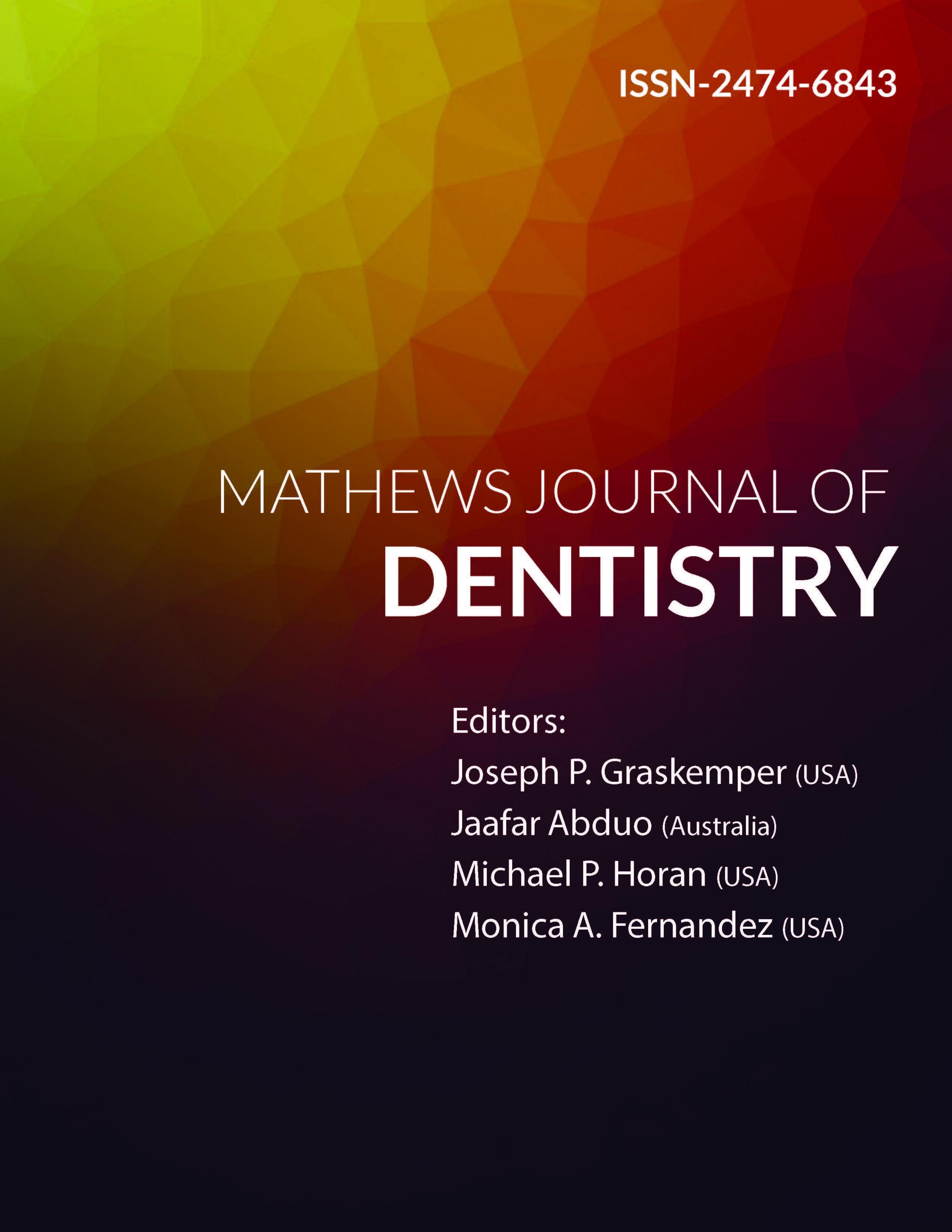
Information Links
Previous Issues Volume 3, Issue 2 - 2018
Mesenchymal Stem Cells
Michel Goldberg*
Professor Emeritus, Faculty of Fundamental and Biomedical Sciences of the Saints Peres. Rene Descartes University, Paris Cite & INSERM UMR-S 1124. 45 rue des Saints Fathers Paris.
Corresponding Author: Michel Goldberg, Professor Emeritus, Faculty of Fundamental and Biomedical Sciences of the Saints Peres. Rene Descartes University, Paris Cite & INSERM UMR-S 1124. 45 rue des Saints Fathers Paris, E-Mail: mgoldod@gmail
Received Date: 09 Nov 2018
Accepted Date: 13 Nov 2018
Published Date: 14 Nov 2018
Copyright © 2018 Goldberg M
Citation: Goldberg M. (2018). Mesenchymal Stem Cells. Mathews J Dentistry. 3(2): 024.
ABSTRACT
Adult stem cells allow to distinguish between mesenchymal stem cells (MSCs) and marrow-derived mesenchymal stem cells (MDMSCs). Embryonic stem cells have enormous potential in the field of tissue engineering and regenerative medicine as they hold the capacity to produce every type of cell and tissue in the body. Stemness is probed through in vivo transplantation experiments. Multipotency may be explored at the single cell level, and self-renewal means reconstitution of a stem cell population identical in phenotype and function to the one originally explanted. Mesenchymal stem cells (MSCs) may differentiate into cells of the osteogenic, chondrogenic, tendonogenic, adipogenic, and myogenic lineages. They express CD105, CD73 and CD90 surface molecules markers, but have depleted expression of CD45, CD34, CD14 or CD11b, CD79a or CD19 and HLA-DR surface molecules. Consequently, they may be used in tissue repair and regeneration.
KEYWORDS
Mesenchymal Stem Cells; Marrow-Derived Mesenchymal Stem Cells; Expression of Surface Molecules; Osteoblasts; Adipocytes; Chondroblasts; Cell Lineages.